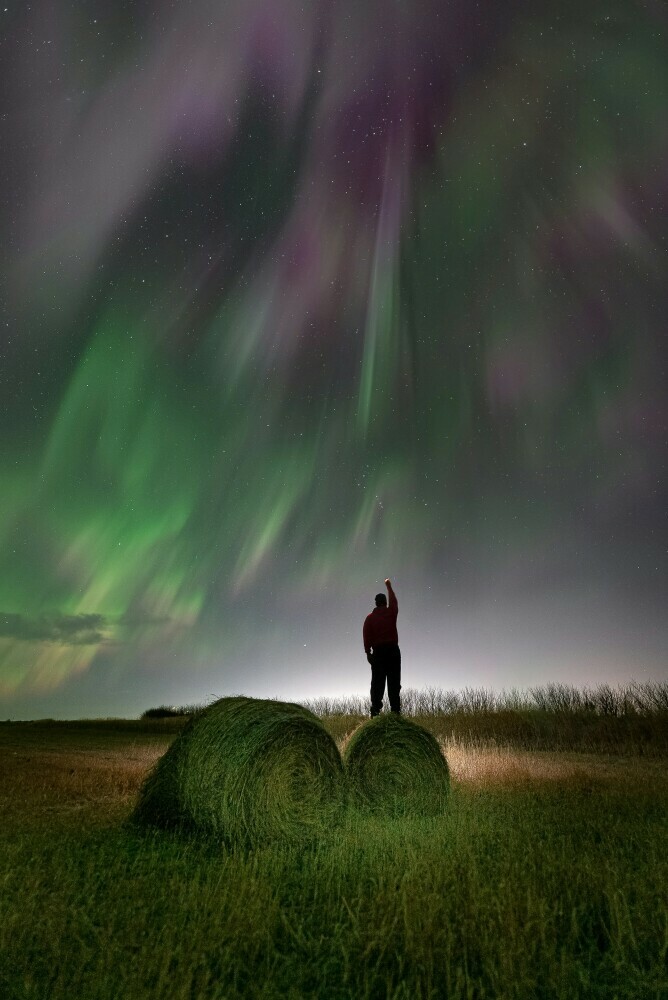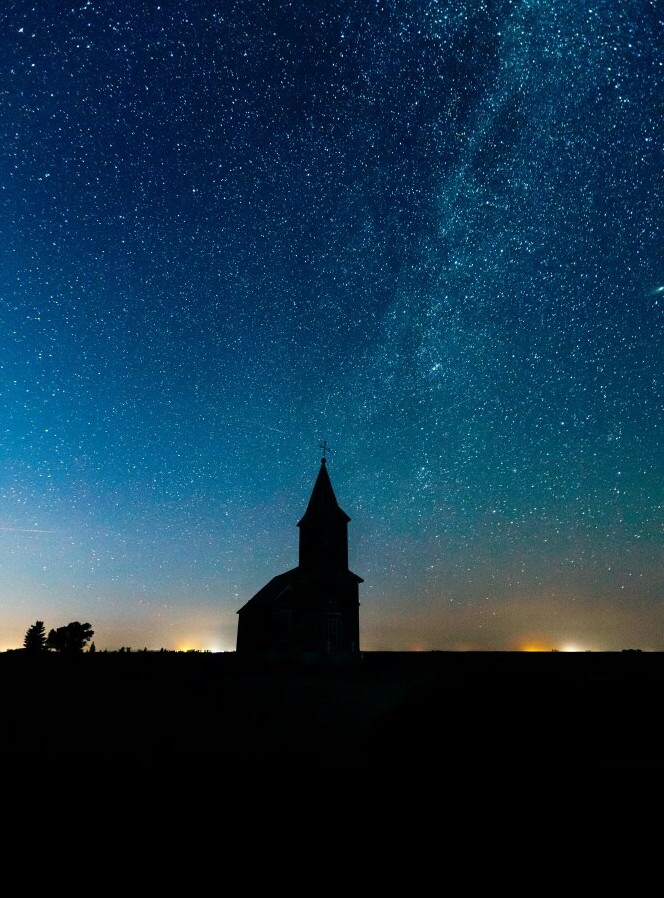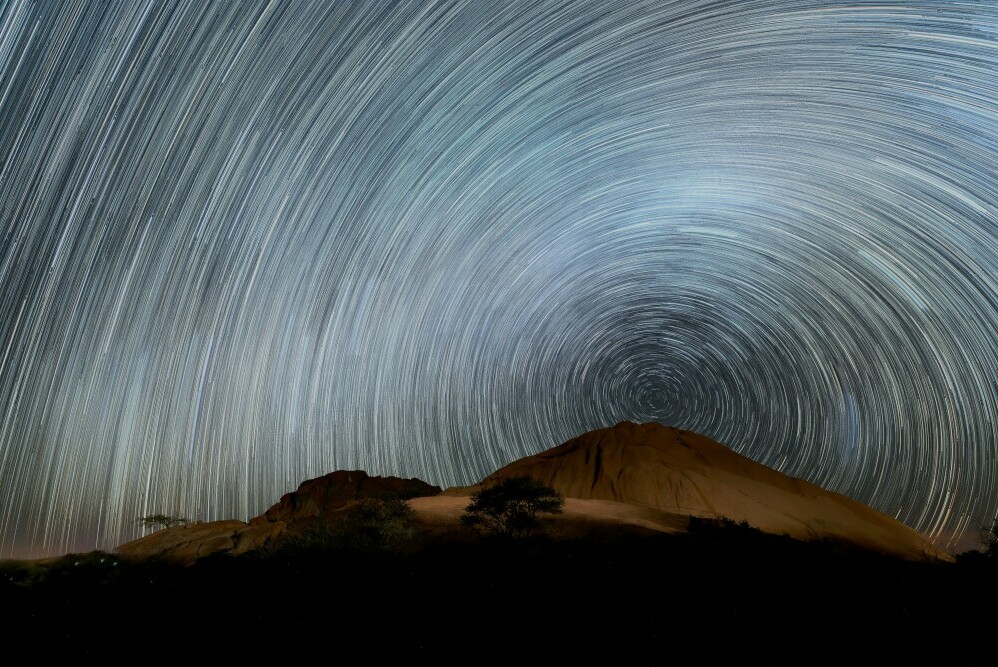 Dre Erwin (2022) Regina, SK, Canada [Photograph] Unsplash
Dre Erwin (2022) Regina, SK, Canada [Photograph] Unsplash
Every year, as summer winds down and autumn approaches, the September Equinox marks a shift in the Earth’s astronomical journey. This pivotal moment, commonly celebrated as the first day of fall in the Northern Hemisphere, marks when day and night span roughly equal lengths. It signifies a shift towards shorter days, cooler temperatures, and a stunning transformation in nature’s palette.
Yet, there’s more to this transition than just a change in season. The September Equinox is also a herald for one of the most mesmerizing celestial phenomena – the Northern Lights, or Aurora Borealis. Around the equinox, solar activity interacts with the Earth’s magnetosphere, often increasing the chances to witness the luminous aurora displays. Equinox is a particularly potent time for Aurora Borealis activity because the alignment of the Earth’s axis allows for a more pronounced interaction with solar winds.
With its balance of darkening nights and still-mild weather, the September night sky holds a special allure. It provides one of the best opportunities for viewing and capturing the Northern Lights, a magical phenomenon that can turn the night sky into a canvas of swirling colors. The surge in solar activity that often comes with the Equinox can lead to more frequent and vivid displays, making the experience even more enchanting.
Now that the September Equinox sets the stage, it’s time to fully equip yourself with the practical knowledge to enjoy this natural light show. In the following section, I’ll share helpful tips and tricks for capturing the Northern Lights in September. Whether you’re an experienced photographer or a first-time viewer, these insights will prepare you for a magical viewing experience, increasing your chances of capturing the autumnal aurora in all its glory. With these tips, you’ll be ready to capture the Northern Lights’ beauty confidently.
Capturing the Northern Lights in September: Tips and Tricks
 Ruvim Kerimov (2022) Regina, SK, Canada [Photograph] Unsplash
Ruvim Kerimov (2022) Regina, SK, Canada [Photograph] Unsplash
The spectacle of the Northern Lights, or Aurora Borealis, becomes even more accessible around the September Equinox. For photographers and sky-watchers eager to capture this cosmic ballet, it’s crucial to be well-prepared for the autumn aurora season. Here, I’ll share tips and tricks I’ve found compelling and endorsed by experts to enhance your chances of successful viewing and quality photography.
For starters, having the right equipment is crucial. A DSLR or mirrorless camera capable of manual mode, a sturdy tripod, and a wide-angle lens with a wide aperture are essential for September Aurora Photography. The settings you choose—such as a lower ISO to reduce noise, a wide aperture to let in more light, and a more prolonged exposure for capturing Aurora’s fluid motion—can make a massive difference in the clarity and vibrancy of your shots.
Scouting for the optimal location is as essential as the gear you bring. September’s night sky can be generously clear, offering a pristine backdrop for the Northern Lights. Focus on locations far from city lights to avoid light pollution, which can harm viewing and photographing the Auroras. Northern Lights hotspots often provide the dark skies imperative for an unobstructed experience.
Keep an eye on the weather and auroral activity forecasts. Websites like the Space Weather Prediction Center offer up-to-date information on geomagnetic storms that could indicate heightened Northern Lights activity. Furthermore, apps dedicated to Aurora forecasts can be invaluable when moving, seeking out the best viewing spots as conditions change.
Timing is another aspect that can’t be ignored. While the lights can appear any time after dark, statistical peaks often occur between 11 PM and 2 AM local time. Though this may mean late nights or early mornings, adrenaline and anticipation override the inconvenience. Be patient; nature’s light show doesn’t run on a schedule, and the wait can be as unpredictable as rewarding.
The Science Behind the Autumn Equinox Northern Lights
 Colin Watts (2022) Spitzkoppe, Namibia [Photograph] Unsplash
Colin Watts (2022) Spitzkoppe, Namibia [Photograph] Unsplash
As the September Equinox nudges the Northern Hemisphere towards shorter days and longer nights, it doesn’t just herald the start of autumn. This planetary milestone also amplifies a natural wonder: the Northern Lights, or Aurora Borealis. But the boosted Auroral activity during this time isn’t mere coincidence; there’s robust science behind it.
To understand the September uptick in Aurora Borealis activity, we must turn our gaze to the Sun. The Equinox is characterized by increased solar activity and the subsequent disturbances on Earth’s magnetic field. During this period, coronal mass ejections—gigantic bursts of charged particles from the Sun—are more frequent. These particles journey towards Earth, colliding with our planet’s magnetosphere.
The result of these collisions is the electrifying display of the Northern Lights. Charged particles excite atoms in the Earth’s atmosphere, releasing photons, the elementary particles of light, manifesting as the vivid lights we observe. Every color in the Aurora tells a story about the atoms involved; oxygen gives off green and red, while nitrogen offers blue and violet hues.
The Equinox isn’t just a date on the calendar; it represents a period of increased geomagnetic activity, which, coupled with longer nights, sets the stage perfectly for witnessing the Aurora Borealis. I’ll guide you through recognizing the best opportunities for viewing using the Equinox Aurora Forecast and how to plan your Northern Lights Travel to coincide with this season’s peak performance.
Planning Your Northern Lights Journey: Month-by-Month Guide
 Andrew Svk (2021) Spitzkoppe, Namibia [Photograph] Unsplash
Andrew Svk (2021) Spitzkoppe, Namibia [Photograph] Unsplash
If you’re drawn to the spectacle of the Northern Lights, September stands out as a time of high geophysical drama. But don’t stop there; understanding how auroral activities fluctuate monthly can transform your trip from a chance to a well-timed certainty. Let me guide you through crafting the ultimate Northern Lights travel itinerary, blending the best timing, location, and preparedness.
When you’re pinning down the best month for Aurora viewing, September often clinches the title. Not only are the skies darker after the summer solstice, but the Equinox also boosts geomagnetic activity, making the Aurora Borealis more vivid. Nevertheless, don’t discount the winter months, when long nights can play host to the Aurora’s mesmerizing dance.
As you chart your course for a Northern Lights adventure, the importance of a reliable Equinox Aurora Forecast cannot be overstated. These forecasts can help you maximize your chances of witnessing the Aurora Borealis, especially during the active Equinox period. Make sure to check these regularly as your travel dates approach.
Adopting a practical approach to Northern Lights Travel should prioritize safety and enjoyment. Traveling to remote Northern Lights hotspots often involves contending with cold and unpredictable weather. Ensuring you have the right gear, guides, and mindset will put you in the best position to witness this celestial display safely and comfortably.
Lastly, remember that every Northern Lights journey is unique. Your story will be shaped by the people you meet, the places you discover, and the moments you capture. If September has kindled your interest in the Aurora Borealis, let that be the start of a personal journey into the night sky that could lead you across some of the most breathtaking landscapes on Earth.
(This post may contain affiliate links. If you make a purchase, I may receive a small commission at no cost to you. Thank you!)
